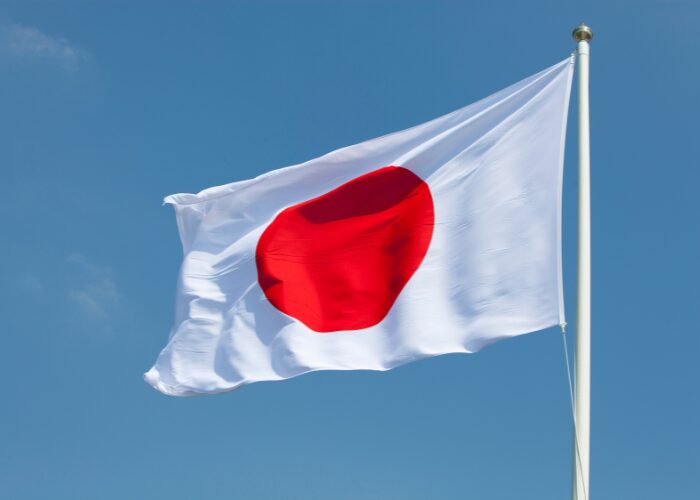
The Japanese flag, known as the Nisshōki (日章旗) in Japanese and commonly referred to as the Hinomaru (日の丸), symbolizes several key aspects of Japanese culture and history:
- The Sun: The red circle in the center of the flag represents the sun. Japan is often called “Nihon” or “Nippon” (日本), which means “origin of the sun” or “sun’s origin,” commonly translated as “Land of the Rising Sun.” This name reflects Japan’s eastern position relative to the Asian continent.
- Purity and Honesty: The white background signifies purity, honesty, and integrity, which are important values in Japanese culture.
- National Identity: The simplicity and clarity of the design convey a sense of unity and national identity. The flag is a powerful symbol of the country’s heritage and pride.

The flag’s design is deeply rooted in Japanese history and mythology. According to legend, the sun goddess Amaterasu is considered the direct ancestor of the Japanese imperial family, reinforcing the connection between the sun and the Japanese nation. The current design of the flag was officially adopted on August 5, 1854, during the late Edo period, and it has remained unchanged since then.
Leave a Reply